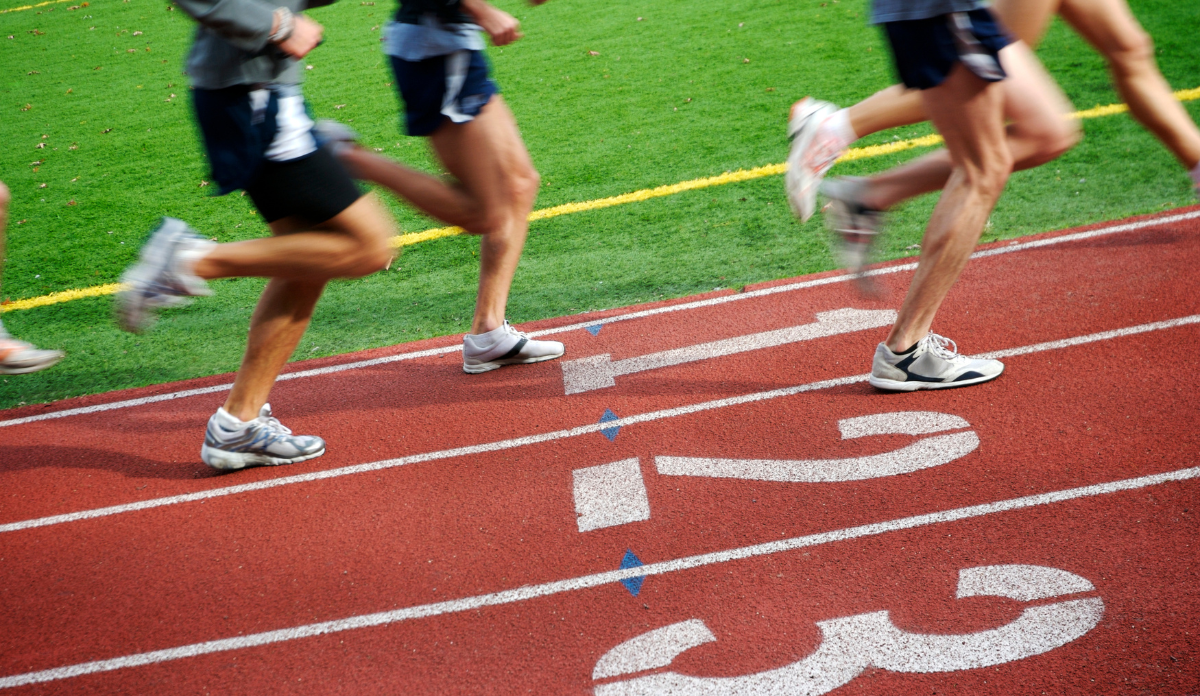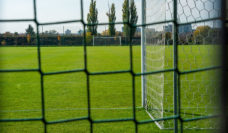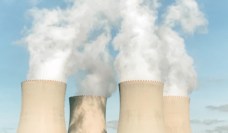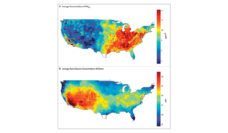While we can’t see the air around us, it contains numerous pollutants that are dangerous for our health and safety. In recent years, major news headlines, particularly on the West Coast, increasingly report on the risk of being outside when the air is polluted from nearby forest fires. In fact, more than ever before, athletic competitions, ranging from large road races to high school football games, are canceled because of air pollution. However, these competitions are only canceled in extreme cases, when athletes are at risk of feeling physical effects, such as coughing, wheezing, and tiredness. Can air pollution be dangerous in less extreme cases?
Levels of air pollution are communicated to the public using the Air Quality Index (AQI), a metric developed by the United States Environmental Protection Agency (EPA) to help gauge risk from air pollution. The AQI, which is now widely available on smartphone weather apps, reports levels of air pollution concern, ranging from “good” and “moderate” to “unhealthy” and “hazardous.” When air pollution is high, the AQI suggests limiting outdoor physical activity that causes us to draw deep breaths and bring pollutants farther into our bodies.
Athletes who regularly exercise outdoors are at risk of inhaling pollutants proven to be harmful, including particulate matter and ozone. Particulate matter is made up of tiny particles in the air, including dust, dirt, and liquids. Ozone is a highly reactive, colorless, odorless gas that can be dangerous when it occurs at ground level. Under high levels of these pollutants, athletes are unable to perform at their best. However, little is known about the effect of repeated exposure to “good” to “moderate” levels of air pollution on athlete health and performance.
Our research highlights why members of the athletic community, including athletes, coaches, and athletic governing bodies, should consider ways to limit athlete exposure to harmful pollutants.
My colleagues and I analyzed the race times of high-caliber collegiate male track & field runners competing in 5,000-meter races between March and June from 2010 through 2014. We studied the effect of air pollution exposure during the three weeks of training leading up to an athlete’s race. Our national study included athletes training and competing under very different conditions across 28 U.S. states, with some locations having higher levels of air pollution. To uncover the effects of repeated, increased exposure to air pollution on race time, we accounted for other variables that impact race times, such as weather on the day of the race and prior athlete results, such as their previous best 5,000-meter race time.
We found that repeated, increased exposure to both particulate matter and ozone, even within the EPA’s AQI thresholds for “good” and “moderate” levels, was associated with slower race times. Five-thousand-meter race times were slower by 12 seconds. This may not seem like a big difference for the average runner; however, for high-caliber collegiate track and field athletes, 12 seconds can be the difference between first and sixth place. Being 12 seconds slower can also prevent an athlete from contributing toward the university team’s total point count or being selected for the prestigious All-American team.
While we studied high-caliber athletes who are extremely fit and can run faster than the general population, other groups may face even more risk when pollution levels are moderate. Effects may be even greater for more sensitive athletes, such as children still developing physically or older adults with other pre-existing conditions. Further research is required to assess the impact of repeated exposure of air pollution in these groups.
Our research highlights why members of the athletic community, including athletes, coaches, and athletic governing bodies, should consider ways to limit athlete exposure to harmful pollutants. Athletes can further educate themselves and advocate to train and compete in conditions that are best for their health and peak performance. Coaches can track seasonal and daily trends of air pollution levels in their local area to develop more optimal training schedules. Athletic governing bodies can develop more detailed guidelines and recommendations for training and competition under all levels of air quality, not just levels that are at the most extreme.
Photo via Getty Images














